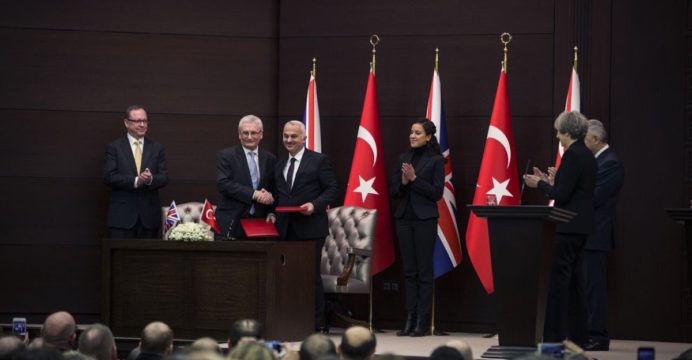kunal1123
New Member
- Joined
- Jan 12, 2017
- Messages
- 594
- Likes
- 1,142
The TAI TFX is a twin-engine[4] all-weather fifth-generation Turkish aerial superiority fighter jet[5][6][7] being developed by Turkish Aerospace Industries (TAI) with technological assistance from BAE Systems of the United Kingdom. The aircraft is slated to replace the Turkish Air Force's F-16s and is being planned to be offered to foreign air forces as well. The project is one of many ongoing high-profile military projects in Turkey

Three conceptual designs of the TF-X

Three conceptual designs of the TF-X

